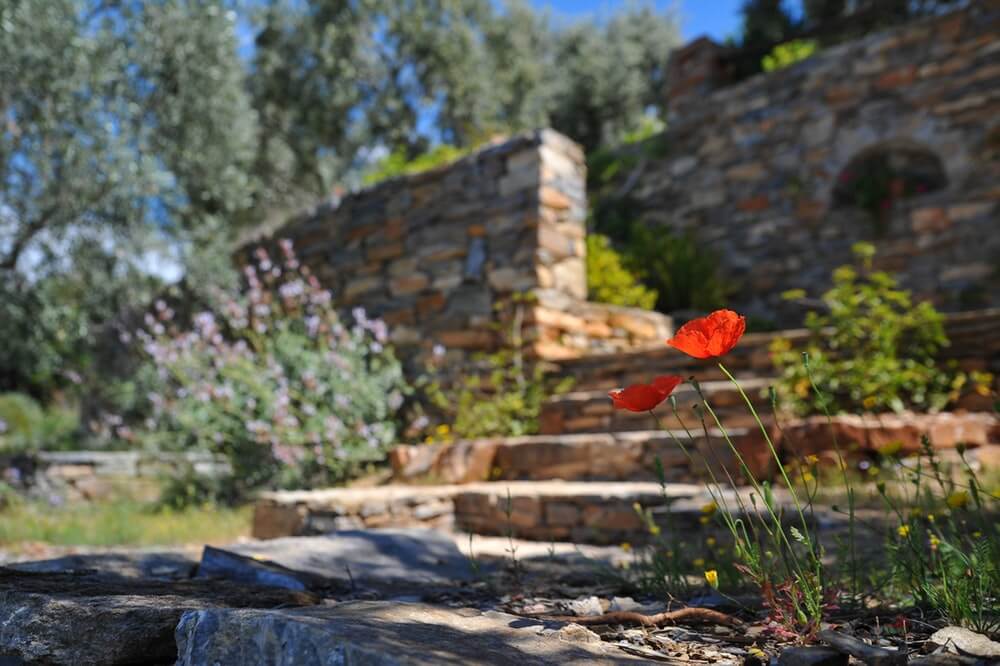 Welcome back to the RWSteel blog – the perfect place for us to showcase our know-how and passion to ensure that your home is as safe and comfortable as possible. We got into this business because we knew that we had innovative insight into the best and most sustainable materials and knew that we were a group that can get the job done quickly and with the most money still in your wallet. We strongly believe that the best businesses communicate frequently and effectively with their customers, making them feel like a part of the process. Your home is one of the biggest and most important investments you’ll ever make, there should never be a shadow of a doubt about the different projects that partners like us execute on. Sure, there will always be those pesky maintenance chores that simply need to be completed, but we truly believe that when we educate you, you can get excited about the work and remember that you’re simply investing right back in your own success as a homeowner.
Welcome back to the RWSteel blog – the perfect place for us to showcase our know-how and passion to ensure that your home is as safe and comfortable as possible. We got into this business because we knew that we had innovative insight into the best and most sustainable materials and knew that we were a group that can get the job done quickly and with the most money still in your wallet. We strongly believe that the best businesses communicate frequently and effectively with their customers, making them feel like a part of the process. Your home is one of the biggest and most important investments you’ll ever make, there should never be a shadow of a doubt about the different projects that partners like us execute on. Sure, there will always be those pesky maintenance chores that simply need to be completed, but we truly believe that when we educate you, you can get excited about the work and remember that you’re simply investing right back in your own success as a homeowner.
Enter, this blog! Check back in every month for information pertaining to not only our products and services, but the vital role that we play in constructing your dream home. Today, we’re continuing our mission to share information about the different pieces of construction that the RWSteel team can own, and we’re continuing with retaining walls 101.
A retaining wall is a rigid wall and it’s used to contain uneven levels of soil. The most aesthetically noticeable versions are often used in multi-level gardens, either because they’re necessary, or because the homeowner is strategically aiming to create different dimensions or levels. While basements are less common in many home designs around the area, this is an element of the home where a retaining wall would be absolutely paramount, for your safety and for the fortification of the home.
There is a lot of science that goes into the design of the retaining wall, and while we won’t bore you with the equations and algorithms quite yet, you can simplify retaining walls by breaking them into four categories: piling wall, gravity wall, cantilever wall and anchored wall. Stay tuned on the blog for more information about these.
There are many different types and many different materials that you can use. You can use concrete blocks, any sort of treated wood (but timber tends to be the most popular), boulders, rocks, or even poured concrete. They all meet the same goal, but have different life spans, depending on what materials you move forward with. You’ll find that though treated timber can be easy on the eye, it will have the shortest lifespan, as it does the least well in inclement weather. No surprises, the team at RWSteel always aims to leverage the materials that will last you the longest, to take something off of your to-do list, so that you can move on to the next project. Concrete in this list will last the longest.
Questions? Comments? Let us know. More to come on this important topic.